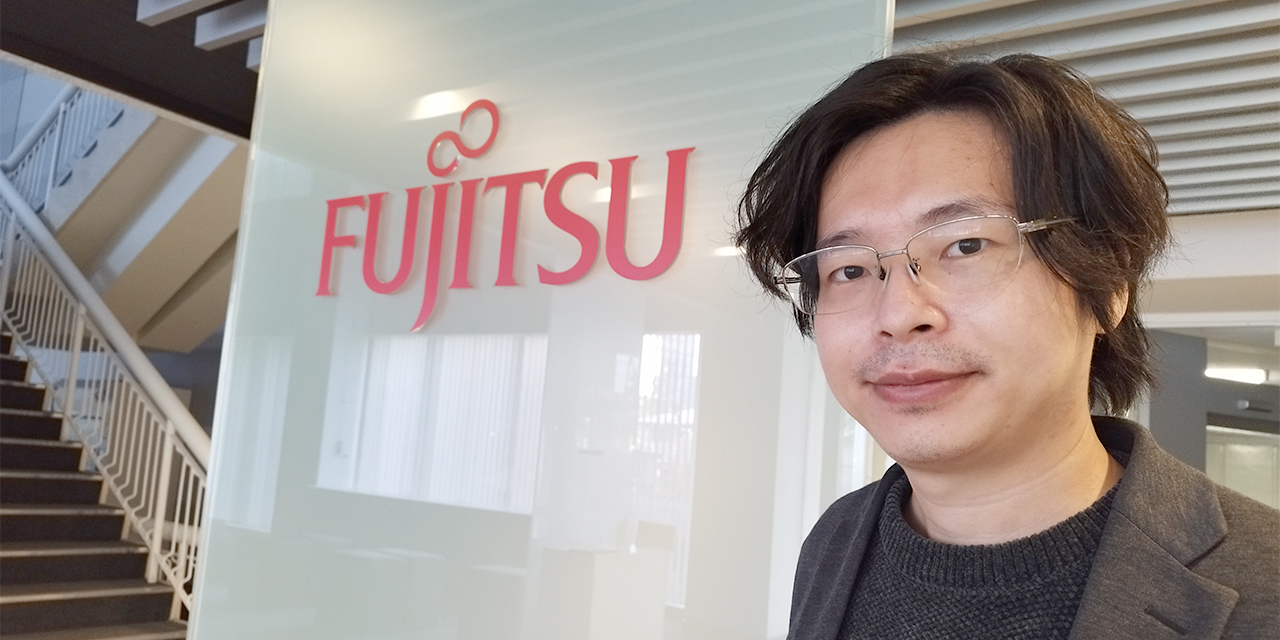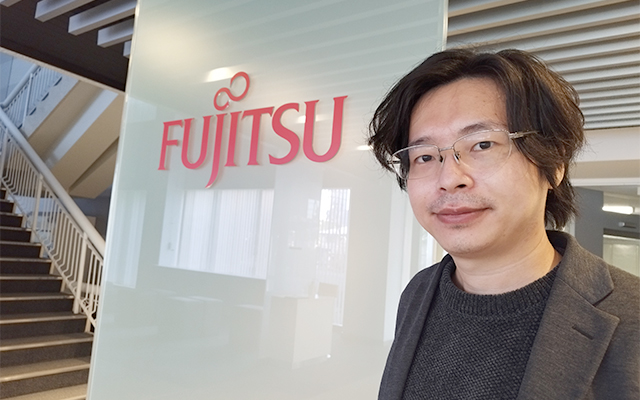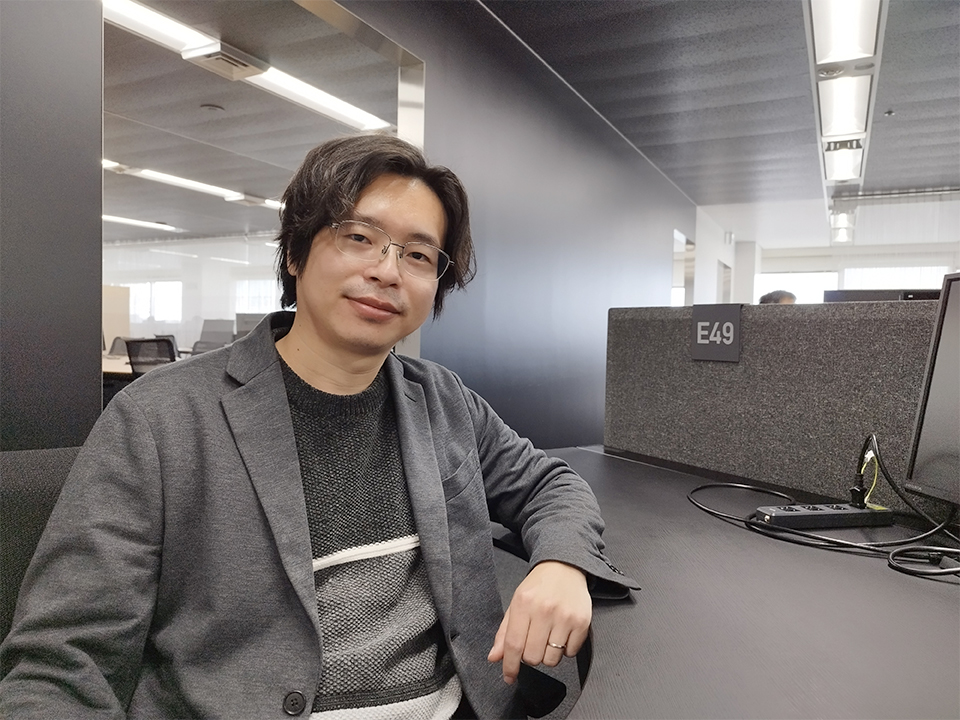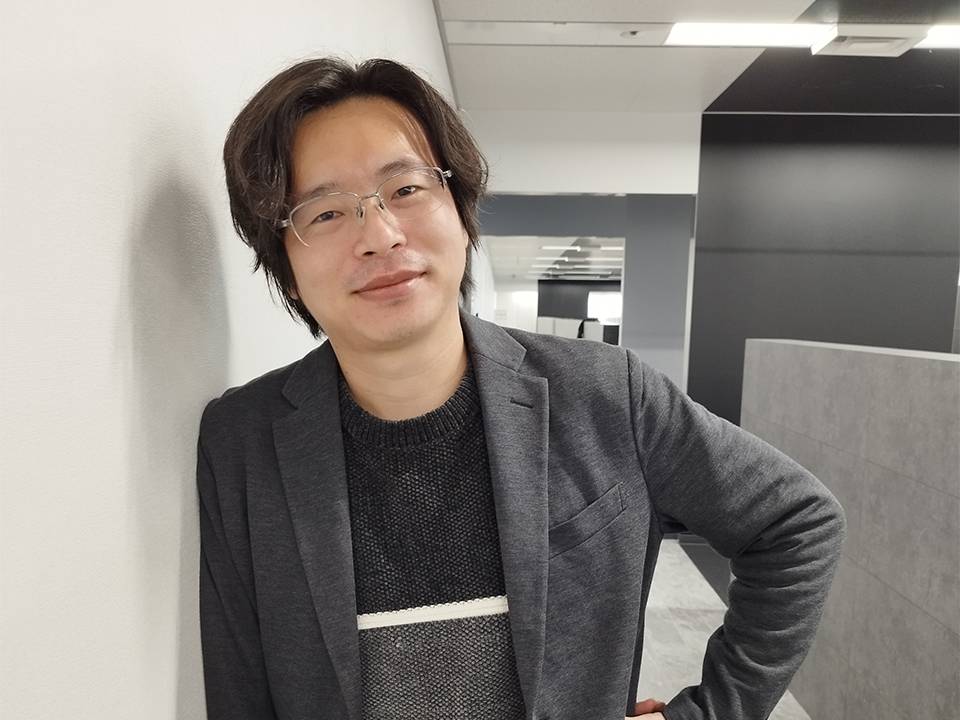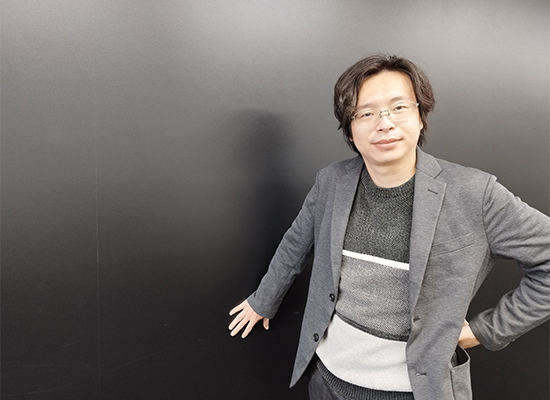Motivated by interesting challenges
I have always had a strong interest in Japanese culture and my roots lie in a shrine on Awaji Island that has endured for over a thousand years. There is an ancient Japanese word called "itookashi", which is also the origin of the word "funny". It is also used as an expression to convey a range of positive meanings such as "interesting", "beautiful", and "charming". The expression "itookashi" and its values play a central role in Japanese culture that was developed during the Heian period.
For me, valuing the concept of something that is interesting, i.e., "itookashi", is important in both life and work. When exploring new research themes, various factors need to be considered, but I think that the element of "interest" is essential. Buildings such as shrines, Japanese cuisine, anime, and other cultural aspects, which are rooted in the core values of "itookashi", have captured the hearts of people around the world. I believe that research themes related to culture will also generate interesting challenges.
Starting a career in AI research and development
Fujitsu has a long-standing reputation for being a "Samurai Group". There are many examples of engineers and researchers on the ground shaping their own plans, rather than a top-down approach. We believe that many that technologies such as computer technology and full-color plasma displays were created in this way. I joined the company because I wanted to be involved in research and development at a company with just this sort of free and open corporate culture.
One event that exemplifies the "Samurai Group" culture of Fujitsu employees is the Advent Calendar incident (*1). When I first joined the company, there was a discussion about the importance of collaboration with external engineer experts and information dissemination. At that time, it was difficult for big Japanese companies like Fujitsu to form communities that involved external parties and to disseminate information externally. However, we continued to emphasize the importance of obtaining new knowledge through interactions with external expert engineer, and as a result, we were granted permission from top management to publish external technical articles as Fujitsu employees. This was a groundbreaking event, and it subsequently became the impetus for many Fujitsu employees to start writing technical blogs using their real names (*2).
Through my contribution to the Advent Calendar, an article about the "100 Must-Read Deep Learning Papers for 2016 (*3)", I was able to provide widespread information on the latest AI technologies at the time, leading to significant changes. This post quickly gained attention both inside and outside the company, resulting in numerous requests for courses on deep learning and AI-related projects. As a result, I myself became recognized as a knowledgeable individual on deep learning, leading to my involvement in AI research and development.
Ultrasound AI technology for frozen tuna
The theme that I have been working on for many years is the research of ultrasound AI that applies deep learning technology to ultrasound inspections. Ultrasound has the advantage of being easy and safe to use, but it poses a problem when analyzing data due to the presence of noise. My research has been focused on how to achieve a breakthrough in ultrasound inspection techniques by applying AI technology. I have already achieved successful results in the medical imaging applications (*4), but I wanted to expand this application to have an impact on cultural applications as well. I wrote down, one by one, all of the words that are deeply related to Japanese traditional culture such as hot springs, kimonos, and Japanese sweets, followed by deleting, rearranging, and discussing them.
――Tuna is one of the most common ingredients in Japanese cuisine.
Traditionally, in order to check the quality of tuna, you cut off the tail and inspect the cross-section. However, this method needs you to use a large saw to cut off the tuna's tail, and involves a subjective judgement about the quality of the tuna. Nowadays, more than 70% of tuna is consumed overseas, and the tuna market has become international. It was clear that a non-destructive and objective evaluation technology was needed that could easily be applied.
I was quick to propose my project plan to the research unit to show how we could realize the idea. The proposal received favorable reviews, passed several screenings, and was adopted as a new research theme. And in just one year, we succeeded in developing a non-destructive technology to confirm the freshness of frozen tuna (*5). Currently, we are actively conducting research towards the practical application of this technology.
An inspiring researcher
The man in question had a strong desire to receive the Nobel Prize one day. He was none other than my grandfather, who like me, was a researcher. My grandfather conducted research on ethylene, a hormone that promotes the maturation of plants. He lived for research and spent most of his active years in the laboratory, immersing himself in his own world.
He developed a method using radioactive carbon to track the process of ethylene production in plants and made a significant contribution to our understanding of the process of ethylene production in plants. His work has been applied to the technology of artificially ripening foods such as bananas and mandarins. In his later years, he was hospitalized with Parkinson's disease, but he was the kind of person who wanted to continue his research, even in his hospital room. Perhaps it was his influence that led me to pursue a career in research.
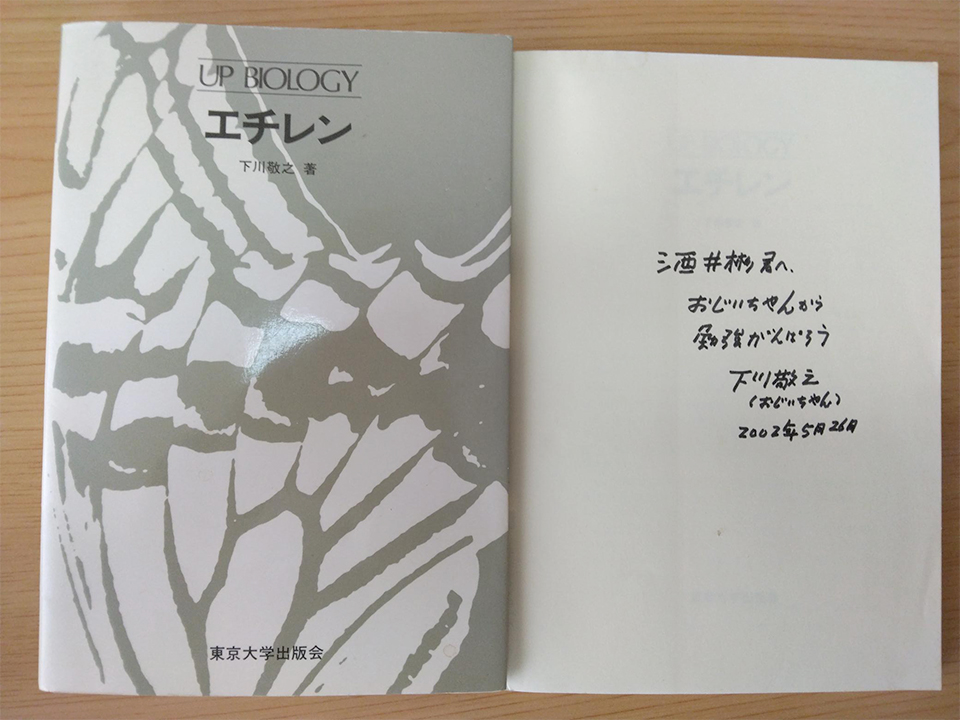
A specialized book on "Ethylene" with a special inscription from my grandfather
Aiming for the Nobel Prize
While there are Nobel laureates in the medical field, who have contributed to the development of CT, X-rays, and MRI, there has yet to be a Nobel laureate in the field of ultrasound. Ultrasound has the overwhelming potential of being low-cost, safe, and informative, and I am confident that in time the application of rapidly developing AI technology can achieve Nobel-level results.
For me, the desire of realizing my grandfather’s original dream is where my interest for this research all began. Even though he has passed away, the encouragement he gave me still pushes me forward. In the near future, I aspire to become a researcher capable of surpassing my grandfather, who can revolutionize AI technology through my research and development.

